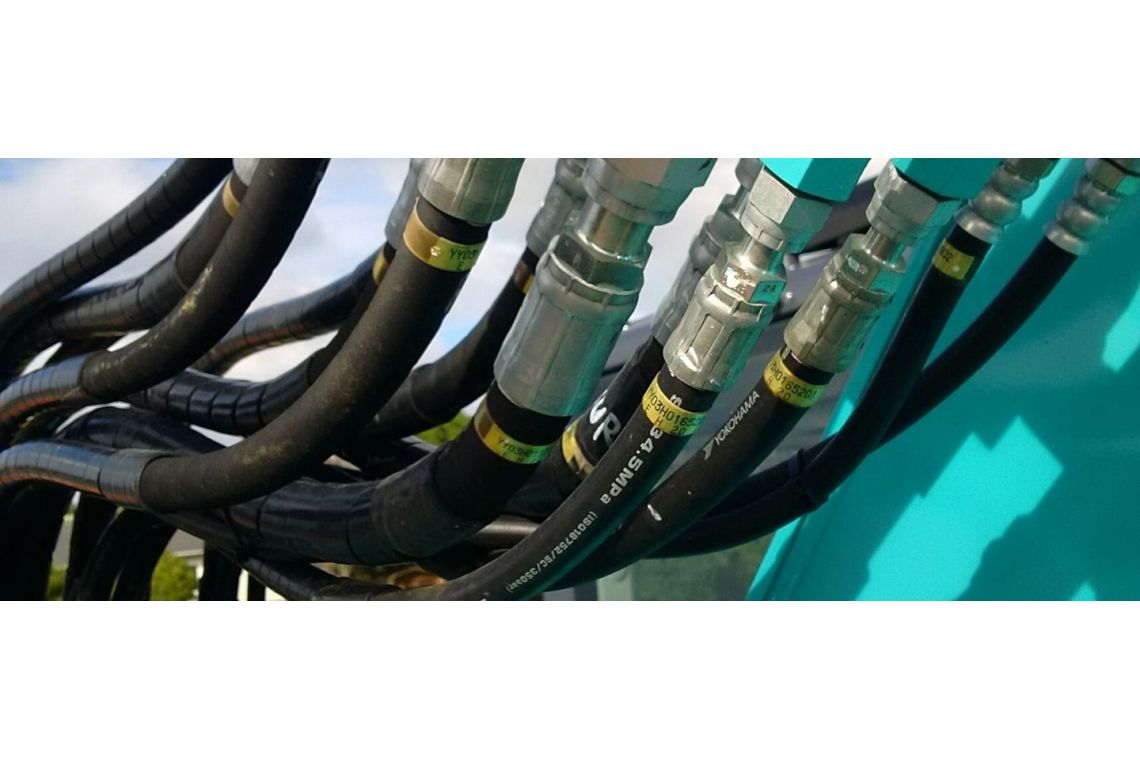The Cost of Contamination
Here's what you need to know about the real cost of hydraulic oil contamination in heavy equipment.
Effects of Hose Contamination
Did you know that 80% of hydraulic failures come from contaminated oil? Contaminants from uncleaned hydraulic hoses are a major part of the problem.
Modern hydraulic systems operate at higher speeds and are therefore more vulnerable to lower levels of contamination. Even the tiny particles of contamination caused by the cutting and crimping process cause premature wear and system failure. The costs of system failure carry far beyond the financial expenses of repair.
For example, untreated contamination can lead to invisible declines in operating performance by up to 20%, equivalent to losing a whole day of productivity per week. An increase in repeat system failures lead to extended equipment downtime and increased repair costs.
So how can the risk of contamination in hoses be reduced?
First, it is good to understand some of the leading causes of contamination in new hoses, then look at how to mitigate that risk. Using a projectile launcher to clean hose assemblies greatly reduces the risk of contaminants.
Cutting hydraulic hoses generates a large amount of heat. The heat causes rubber dust and metal particle contaminants created from cutting to stick to the inside of the hose as it cools. It is good practice to use a projectile launch kit to fire a projectile in each direction through the hose as soon after cutting as possible.
Using a purpose-built hydraulic hose cut-off saw is key to reducing the amount of rubber dust and metal particles that are created while cutting the hose.
Crimping or swaging the ends of hoses often causes the metal flash to enter the hose. Metal flash is small flakes of the weather-resistant coating on the hose fitting that detach during crimping and potentially contaminate the hose. Another element to consider is airborne and foreign contaminants that can enter the hose during transportation to the site and then storage before use.
Here at BOA Hydraulics, we recommend to all our customers to Cap or Tape the ends of the assembled hose until they are installed to keep the inside of the assembly free from contaminants.
It is also best practice to re-clean the hose by firing a projectile each way through the assembly prior to installation. Using a purpose-built hydraulic hose saw reduces contamination.
For more hints and tips or general advice please feel free to call the BOA team on 0800 20 20 20 for New Zealand and 1800 40 30 40 for Australia. We are happy to help you get the most out of your Hydraulic hoses.
